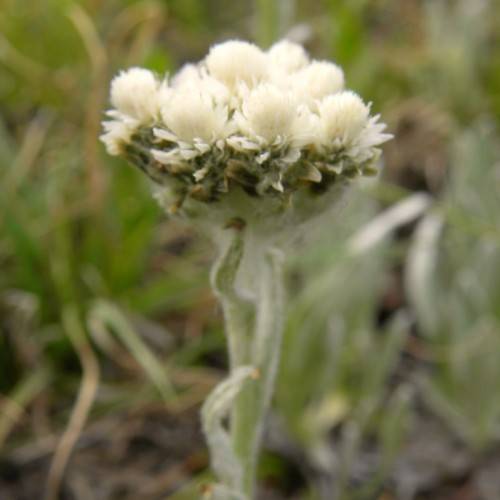
Alpine Pussytoes
Antennaria alpina
Watering:
Minimal
Hardiness Zone:
Sun:
full sun,part shade
Leaf:
Yes
Growth Rate:
Low
Poisonous To Humans:
Yes
Poisonous To Pets:
Yes
Drought Tolerant:
Yes
Salt Tolerant:
Yes
Invasive:
Yes
Care Level:
Medium
watering
Hairy Angelica should be watered frequently but lightly, about once a week during the summer and every 2 weeks in the winter. The soil should be kept moist but should never be soggy. When watering, use room temperature water and water the plant directly at the soil level, avoiding getting the plant foliage wet. Make sure to drain any excess water from the saucer to prevent root rot.
sunlight
Hairy Angelica, also known as Angelica venenosa, does best in full sun. It needs plenty of sun exposure throughout the day, at least 8 hours a day, in order to produce its best foliage and flowers. For best results, plant Hairy Angelica in an area that receives direct sun from morning until late afternoon. In areas with longer daylight hours, it can receive sun until around 8 PM. Avoid planting it in areas with partial shade as it may not thrive as well. Hairy Angelica does best in temperate climates and will withstand light frosts and some snowfall.
pruning
Hairy Angelica should be pruned in late spring or early summer. Pruning should involve removing any dead or diseased foliage and any excess growth, such as some of the more prolific stalks that form near the top of the plant. Prune just above a leaf node to ensure vigorous growth of new shoots. Pruning by approximately 1-third will help to promote a bushier form. Ensure not too much is removed at any 1 time, as this can cause stress to the plant.
